Disclosure: This article contains affiliate links. We may earn a commission from purchases at no extra cost to you, which helps our travel content.
There's something magical about standing on the same stones where Christopher Columbus once walked. As a nurse who's spent years patching up scrapes and bruises, I've developed a unique appreciation for things that have survived centuries of wear and tear. Genoa is just such a marvel – a living, breathing museum that's withstood the test of time. My fascination with maritime history began when helping my son research explorers for a school project years ago, and Genoa has been on my bucket list ever since. This spring, between my hospital shifts, I finally made the journey to this often-overlooked Italian gem. What I discovered was a weekend's worth of hidden historical treasures that tell the tale of one of history's greatest maritime powers – a city that rivals Venice in historical significance but offers a more authentic, less tourist-trampled experience. Join me as we navigate the caruggi (narrow medieval alleyways) and discover how Genoa's maritime past shaped our modern world.
The Ancient Port: Where Genoa's Heart Still Beats
The Porto Antico (Old Port) stands as testimony to Genoa's former glory as a maritime superpower. Unlike many historical sites that feel preserved in amber, this ancient harbor pulses with contemporary life while honoring its past. I arrived early on my first morning, just as the sun began painting the Mediterranean gold, and found myself transported through time.
The transformation of this area is remarkable. What was once a closed-off industrial zone has been brilliantly reimagined by architect Renzo Piano (of Shard fame) into an accessible public space that celebrates its maritime heritage. The centerpiece is undoubtedly the Aquarium of Genoa – the largest in Italy and second largest in Europe. While I typically avoid tourist attractions, this one's worth the visit for its unique setting in the harbor.
As a history enthusiast, I was drawn to the Neptune galleon, a faithful replica of a 17th-century Spanish ship that participated in the filming of Roman Polanski's Pirates. Standing on the dock beside this magnificent vessel, I couldn't help but imagine the countless ships that had sailed from this very port to establish trade routes that would change world history.
For the best harbor views, I recommend taking a ride on the Bigo panoramic lift. This unique structure, resembling a ship's crane, lifts you high above the port for a 360-degree view of the city climbing up the surrounding hills. I captured some stunning photos with my compact travel camera, which proved perfect for capturing both wide harbor vistas and detailed architectural elements throughout my trip.
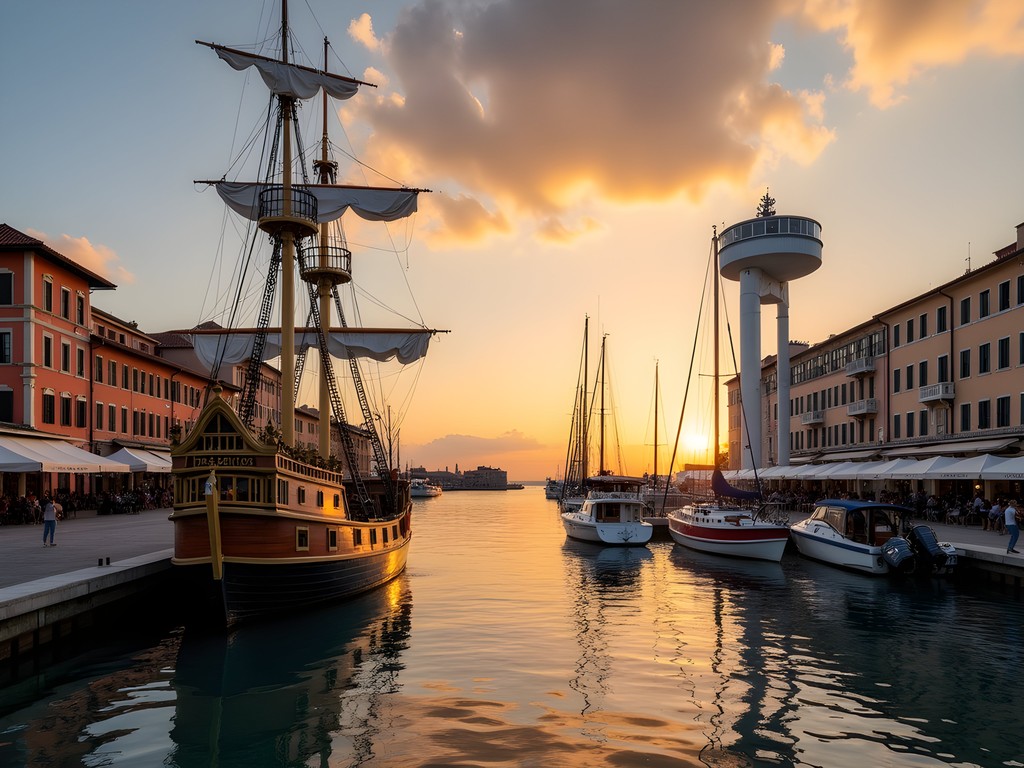
💡 Pro Tips
- Visit Porto Antico early morning or late afternoon to avoid crowds and catch beautiful lighting for photos
- The Galata Maritime Museum offers an excellent audio guide worth the extra few euros
- Many harbor cafés offer overpriced meals - walk two blocks inland for more authentic and affordable options
Palazzi dei Rolli: Walking Through Genoa's Golden Age
If the ancient port represents Genoa's commercial might, then the Palazzi dei Rolli embody its cultural and political sophistication. These Renaissance and Baroque palaces along Via Garibaldi (formerly Strada Nuova) were built by Genoa's wealthiest merchant families during the 16th and 17th centuries – the city's golden age of maritime dominance.
What makes these palaces unique isn't just their architectural splendor but the fascinating system they represented. The 'rolli' were official lists of mansions whose noble owners were obligated to host state visitors when called upon – a clever system that distributed the financial burden of diplomatic hospitality while showcasing the republic's collective wealth. Think of it as a Renaissance-era rotation of luxury accommodations for visiting dignitaries!
Three of these magnificent palaces – Palazzo Rosso, Palazzo Bianco, and Palazzo Tursi – now form the Strada Nuova Museums complex. For a reasonable €9 entry fee, you can wander through opulent halls adorned with works by Van Dyck, Rubens, and Caravaggio. As someone who's visited countless European museums, I was stunned by how uncrowded these galleries were compared to their counterparts in Florence or Rome.
My personal highlight was Palazzo Tursi, which houses Columbus's letters and the Guarneri violin that once belonged to Paganini. Standing before these artifacts, I experienced that wonderful connection to history that first hooked me on educational travel years ago when exploring Washington D.C. with my children.
Navigating these palatial treasures requires comfortable footwear – I logged over 15,000 steps on my fitness tracker, which I've found invaluable for keeping track of my activity levels while traveling. The palaces feature numerous stairs and uneven historical flooring, so supportive walking shoes are essential.
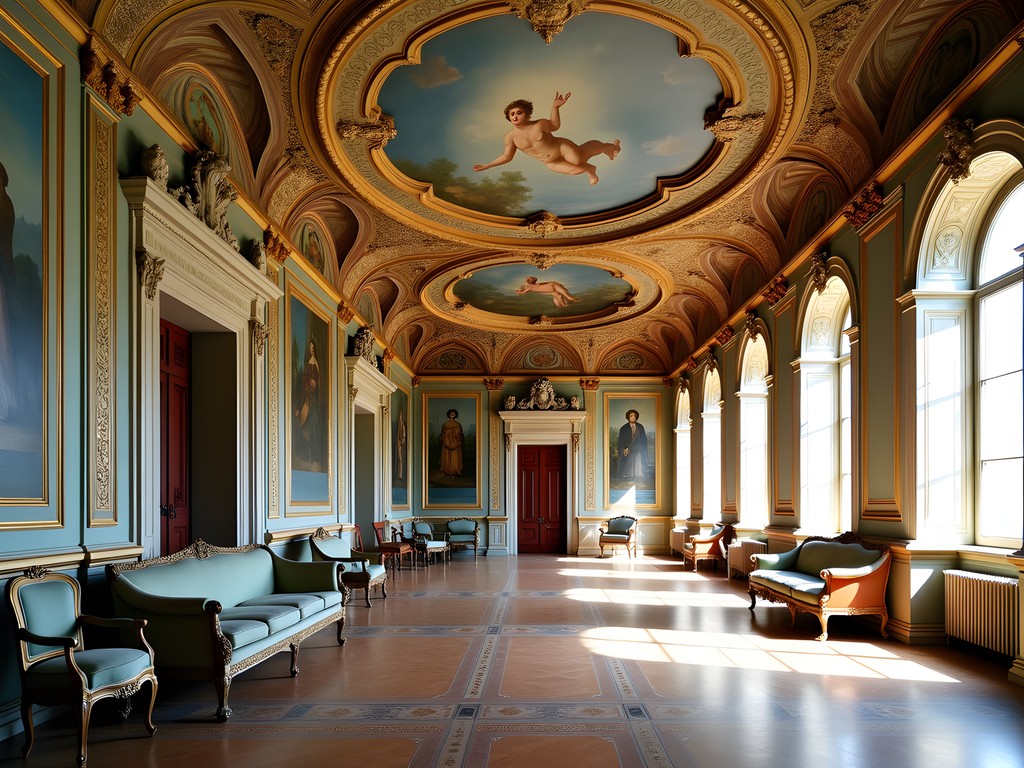
💡 Pro Tips
- Purchase the combined museum ticket that includes all three main palaces for the best value
- Visit on weekday mornings when you might have entire palace rooms to yourself
- Look up! The most impressive frescoes are often on the ceilings
Navigating the Medieval Maze: Genoa's Caruggi District
If you truly want to understand Genoa's soul, you must lose yourself in the labyrinthine caruggi – the densely packed medieval alleyways that form Europe's largest historical center. As a nurse who's spent decades navigating hospital corridors, I found these narrow passages reminiscent of a circulatory system, with larger streets acting as arteries feeding into increasingly smaller capillary-like lanes, some barely wide enough for two people to pass.
The caruggi district reveals Genoa's medieval maritime past in fascinating ways. Unlike the grand Renaissance palaces built during the city's golden age, these ancient streets show how ordinary Genoese lived and worked. The tall, narrow buildings – often five or six stories high – were designed to maximize space in the confined port area. The limited sunlight reaching these passages creates an atmosphere that hasn't changed much since Columbus's time.
During my explorations, I discovered that the best approach is to embrace getting lost rather than fighting it. Every wrong turn led to something interesting: a tiny piazza where locals gathered, a centuries-old church tucked between apartment buildings, or an artisan workshop continuing traditions passed down for generations.
One particular highlight was stumbling upon the Commenda di San Giovanni di Prè, a 12th-century hospital complex that once cared for pilgrims and crusaders. As a healthcare professional, I felt an immediate connection to this ancient place of healing and rest for weary travelers.
Safety note: While the caruggi are generally safe during daylight hours, some areas can feel intimidating after dark. I carried my valuables in a anti-theft crossbody bag which allowed me to explore with confidence while keeping my camera, wallet and passport secure against my body. This proved especially useful in crowded market areas like the bustling Mercato Orientale.
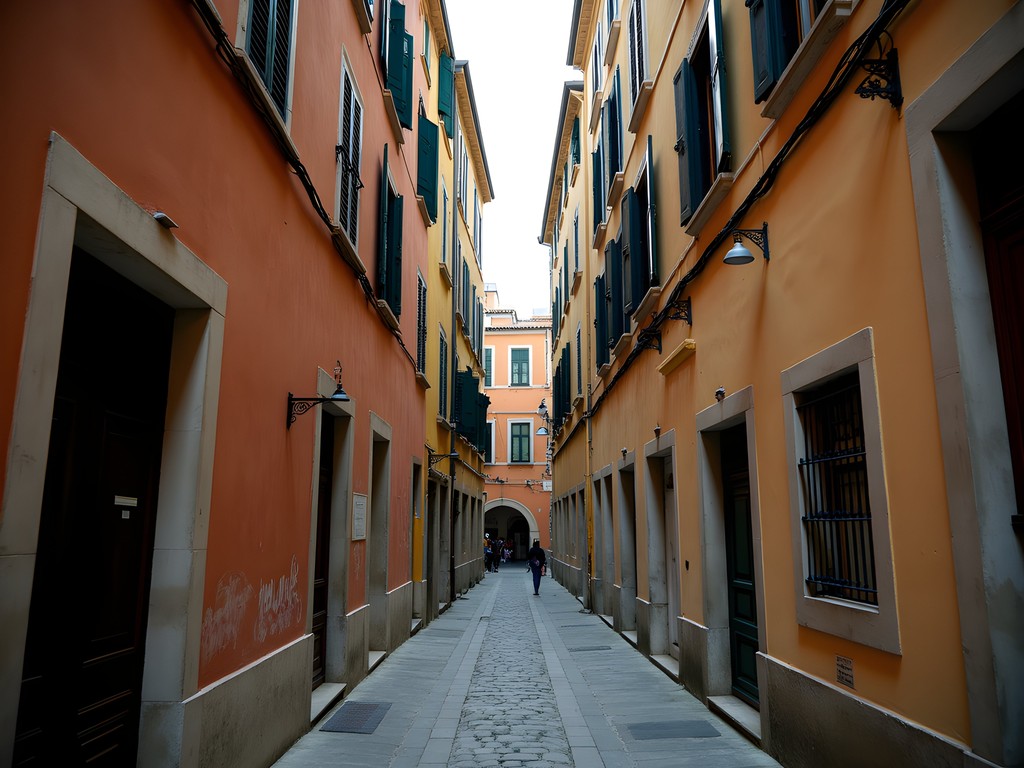
💡 Pro Tips
- Download an offline map application before exploring, as GPS signals can be weak in the narrow alleyways
- Look for small yellow signs marking the 'Rolli palaces' hidden throughout the medieval district
- The best focaccia bakeries are often found in the most unassuming side streets - follow your nose!
Columbus's Genoa: Following the Explorer's Footsteps
"Cristoforo Colombo, Genovese" – these words appear on monuments throughout the city, proudly claiming the famous explorer as Genoa's son. Though historians debate the exact location of Columbus's birth, Genoa has embraced him as their most famous native, and following his trail offers a fascinating lens through which to view the city.
My journey began at the purported Columbus House near Porta Soprana – a small medieval building reconstructed after WWII bombing. While likely not Columbus's actual home (the original structure would have been destroyed when the city walls were expanded), it contains period furnishings and documents related to the explorer's life. What makes this modest museum compelling isn't historical authenticity but rather how it illustrates the typical living conditions of a middle-class weaver's family in 15th-century Genoa.
More impressive are the nearby medieval gates and remnants of the city walls that Columbus would have known intimately. Standing beside the imposing Porta Soprana towers, I could almost picture a young Christopher gazing out toward the harbor, dreaming of distant shores.
The most meaningful Columbus site for me was the San Lorenzo Cathedral, where historical records confirm Columbus was baptized. This magnificent striped marble cathedral houses relics that were important to Genoese maritime ventures, including ashes of John the Baptist (the city's patron saint) that sailors believed protected them at sea.
Inside the cathedral's museum, I was moved by the Sacro Catino – a hexagonal glass vessel once believed to be the Holy Grail, brought back to Genoa after the First Crusade. This treasure reminds us how maritime power, religious devotion, and exploration were deeply intertwined in Columbus's world.
To properly document these historical sites, I carried my travel guidebook which provided excellent historical context beyond what the sometimes sparse museum placards offered. I've found Rick's guidebooks particularly valuable for historical sites across Europe, as they highlight the human stories behind the monuments.
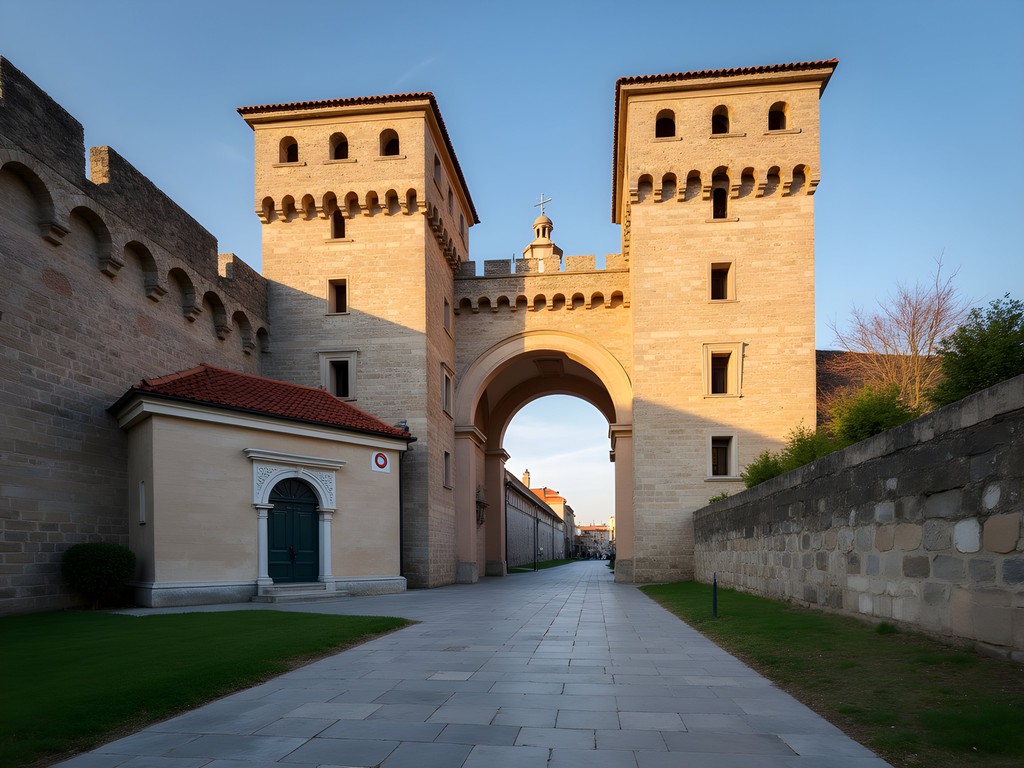
💡 Pro Tips
- Visit the Maritime Museum's Columbus Gallery for a more historically accurate portrayal of the explorer's life
- The Columbus House is small and can be toured in under 30 minutes - combine with a visit to the nearby cloisters of Sant'Andrea
- For the best experience at San Lorenzo Cathedral, attend during a weekday morning when choir practice sometimes takes place
Culinary Treasures: Tasting Genoa's Maritime Heritage
A city's cuisine often reflects its history, and nowhere is this more evident than in Genoa. The flavors of this port city tell the story of its maritime trading empire, with ingredients and techniques collected from across the Mediterranean and beyond.
Pesto alla Genovese is undoubtedly the city's most famous culinary export. This vibrant green sauce originated here, where the microclimate produces exceptionally aromatic basil with smaller, more flavorful leaves than varieties grown elsewhere. Rather than dining at tourist-oriented restaurants, I sought authentic pesto at Trattoria da Maria, a no-frills local institution where I watched elderly women hand-grinding the sauce in marble mortars – the traditional method that produces a distinctly superior texture and flavor compared to blended versions.
Genoa's role as a maritime power is perhaps best tasted in its seafood preparations. Baccalà (salt cod) appears on menus throughout the city, a reminder of the long fishing voyages Genoese sailors undertook. At the recommendation of my B&B host, I tried the local specialty cappon magro – an elaborate seafood and vegetable salad that historically demonstrated a ship cook's ability to create something magnificent from preserved ingredients.
The city's trading connections are evident in farinata, a savory chickpea pancake that reflects ancient Mediterranean connections, and pandolce, a dense fruit cake incorporating exotic ingredients like candied citrus, pine nuts, and spices that would have arrived on ships from distant ports.
For a truly immersive experience, I spent one morning exploring the Mercato Orientale, Genoa's historic covered market. Here, fishmongers display their catches alongside vendors selling local Ligurian olive oils, fresh pasta, and an array of cheeses. The market captures the essence of Genoa – unpretentious, authentic, and deeply connected to both land and sea.
To navigate Genoa's culinary landscape, I relied on recommendations from my travel phrase book which includes a food glossary that proved invaluable for deciphering menu items specific to Ligurian cuisine that don't appear in standard Italian dictionaries.
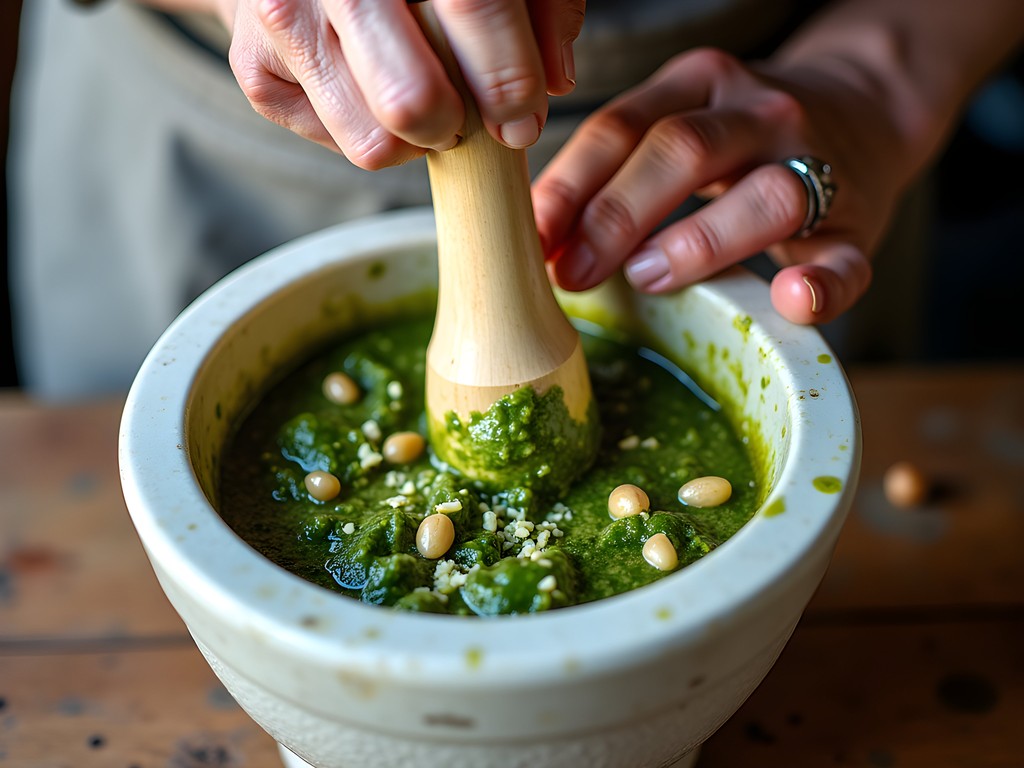
💡 Pro Tips
- Most authentic trattorias are closed on Sundays and Monday lunchtimes - plan accordingly
- True Genoese pesto should be tossed with either trofie (twisted pasta) or trenette (flat linguine) with potatoes and green beans
- Ask for a taste of sciacchetrà, a sweet dessert wine from nearby Cinque Terre that pairs perfectly with local cheeses
Final Thoughts
As my weekend in Genoa came to a close, I found myself sitting at a small café overlooking the ancient port, watching fishing boats return with their daily catch just as they have for centuries. Genoa isn't a city that reveals itself easily to visitors – its treasures are often hidden behind modest facades or tucked away in narrow alleyways. But for travelers willing to look beyond the obvious, it offers an unparalleled window into maritime history that shaped our modern world. What struck me most was how this city has maintained its authentic character despite its historical significance. Unlike Venice, where tourists often outnumber locals, Genoa remains first and foremost a working port city where real Italians live, work, and honor their remarkable past without being defined by it. Whether you're a history enthusiast, architecture lover, or culinary explorer, Genoa's hidden treasures await your discovery – just be prepared to get pleasantly lost along the way.
✨ Key Takeaways
- Genoa offers a more authentic Italian experience than many popular tourist destinations while boasting equally significant historical sites
- The city's maritime history is best experienced through a combination of major sites and spontaneous wandering through the medieval center
- Spring is ideal for exploring with comfortable temperatures and fewer tourists than summer months
- The historical connections between maritime power, exploration, and cuisine create a uniquely integrated travel experience
📋 Practical Information
Best Time to Visit
Spring (April-June) or early fall (September-October)
Budget Estimate
$100-150 per day including mid-range accommodations, meals and attractions
Recommended Duration
2-3 days
Difficulty Level
Easy
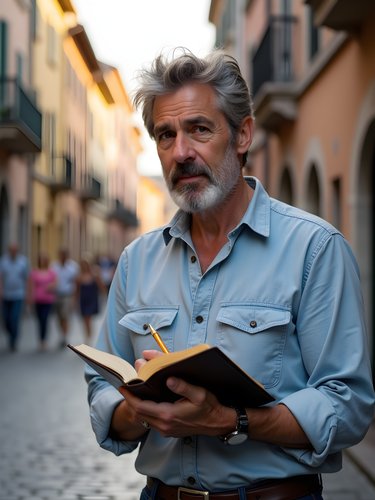
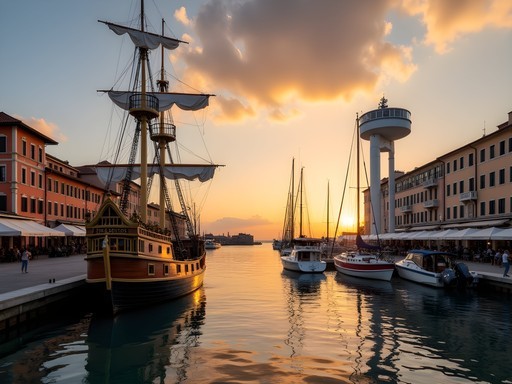
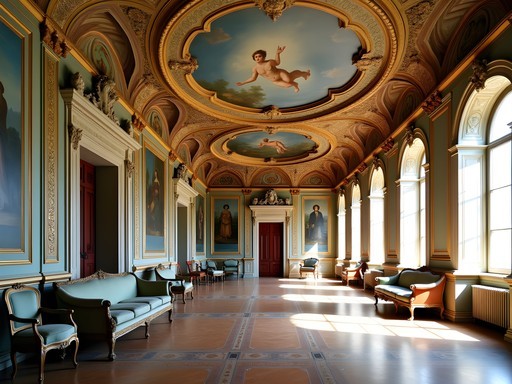
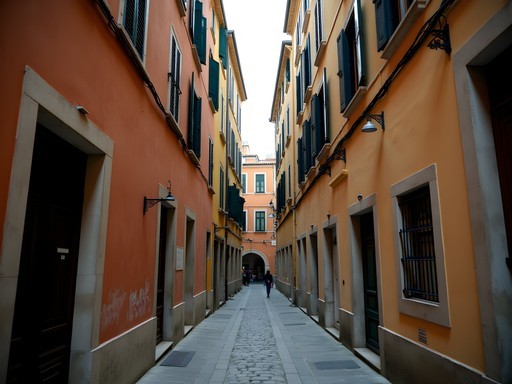
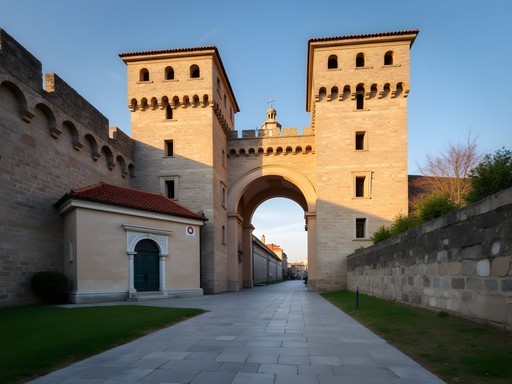











Comments
Megan Martin
What a thoughtful piece on Genoa, Hayden! I was there for a travel industry conference last month and extended my stay specifically to explore the maritime history. The Galata Museum's recreation of Columbus's voyage was fascinating, but I also appreciated your mention of the less-visited Commenda di San Giovanni di Pré - that 12th century hospital/hostel for pilgrims and crusaders was hauntingly beautiful and practically empty when I visited. For anyone planning a trip, I found the Genoa Museum Card to be excellent value, especially if you're interested in the maritime exhibits. The city's connection to the sea is evident everywhere, even in the local cuisine - don't miss the traditional fish stew called buridda!
Hayden James
Thanks Megan! Glad you got to the Commenda - it really gives you a sense of how important Genoa was as a maritime power. And yes to the buridda recommendation!
Hunter Thompson
Absolutely LOVED this post about Genoa! Was there backpacking last month and can confirm everything you've said is spot on! Pro tip for anyone visiting: the public transportation pass (AMT) is a lifesaver for getting up those killer hills. Those funiculars and elevators built into the city are actually part of the public transport system! My legs thanked me after using them to reach Spianata Castelletto for that insane panoramic view. Also, the aperitivo culture in Genoa is fantastic - head to Piazza delle Erbe around 6pm and thank me later! 🍹
nomadqueen6518
Just got back from Genoa last week and your post captures the magic perfectly! We stumbled across this tiny family restaurant in the caruggi district that served the most amazing pesto I've ever tasted. The waiter told us the recipe hasn't changed in 80 years! I was nervous about navigating the old city, but I used this guidebook which had these super detailed walking routes. The Palazzi dei Rolli were stunning - we managed to catch one of the special open days where they let you into some of the private palaces. Definitely worth planning around if anyone's thinking of visiting!
coolguy
What was the name of that restaurant? Heading there in a few weeks!
nomadqueen6518
It was called Trattoria da Maria on Vico Testadoro. No fancy decor, just amazing food. Get the trofie al pesto!
travelchamp
That shot of the old port at sunset is incredible! 😍
journeygal
Great post! I'm planning to visit in October. How much time would you recommend for properly seeing the Columbus sites? Is it doable in a half-day?
Hayden James
Thanks for reading! For the Columbus sites, I'd recommend at least half a day. Casa di Colombo, the museum, and the nearby areas deserve some time to absorb. If you can stretch to a full day, you'll appreciate not having to rush through the experience!
journeygal
Perfect, thanks! Will plan for a full day then.
coolguy
Those medieval streets look amazing! Adding Genoa to my bucket list for sure.
Sage Dixon
Hayden, your post took me right back to my own wanderings through Genoa's caruggi last summer! Those narrow medieval alleyways are like time machines. I spent hours getting deliberately lost in them, discovering tiny workshops where artisans still craft traditional Ligurian items. Did you make it to the Palazzo San Giorgio? The maritime history museum there completely blew me away - they have these incredibly detailed ship models showing the evolution of Genoese naval power. Your nurse's perspective on history is refreshing - we all see these ancient places through the lens of our own experiences!
nomadqueen6518
Did you feel safe in the caruggi? I've heard mixed things about some areas at night.
Sage Dixon
Good question! During the day, absolutely fine. At night, I stuck to the more populated areas and main thoroughfares. Like any historic city center, some alleys are better avoided after dark. The areas around Via San Lorenzo and near the port were lively and felt completely safe even late evening.
coolphotographer
Just got back from Genoa last week and followed some of your recommendations, Hayden! The Palazzi dei Rolli were INCREDIBLE - I couldn't believe I had some of those palatial courtyards completely to myself. I picked up a pocket guide which had a great walking tour connecting many of them. One tip for anyone going: the Rolli Days happen twice a year when many normally-closed palaces open to the public. Worth planning your trip around if you can!
summerbuddy
If anyone's planning a trip, don't miss the pesto making class at Creattivando near the old port. We did it last summer and it was the highlight of our Genoa stay. They teach you the traditional way with mortar and pestle, and you get to take home what you make. Great for kids too!
wandermaster
Did that class too! My pesto never tastes the same at home though. Must be the Ligurian air 😂
wanderninja
Just added Genoa to my Italy itinerary after reading this!
Venture X
Premium card with 2X miles, $300 travel credit, Priority Pass